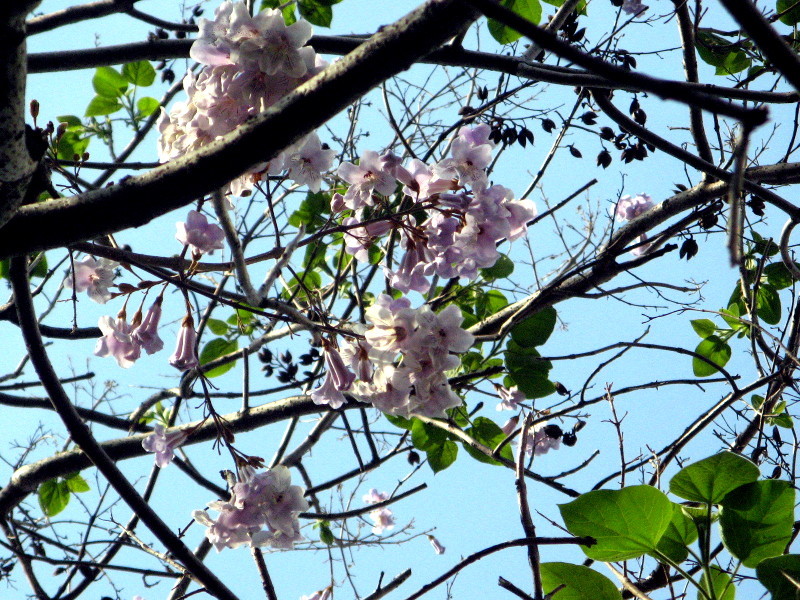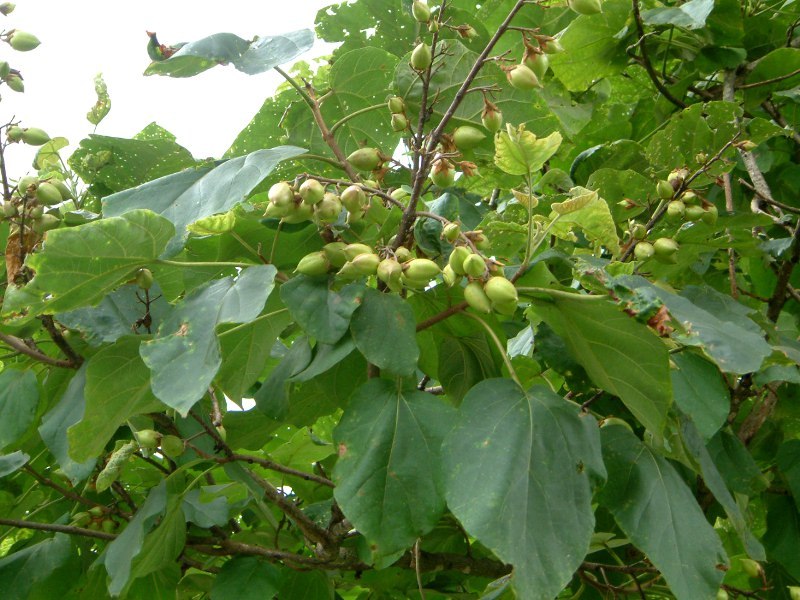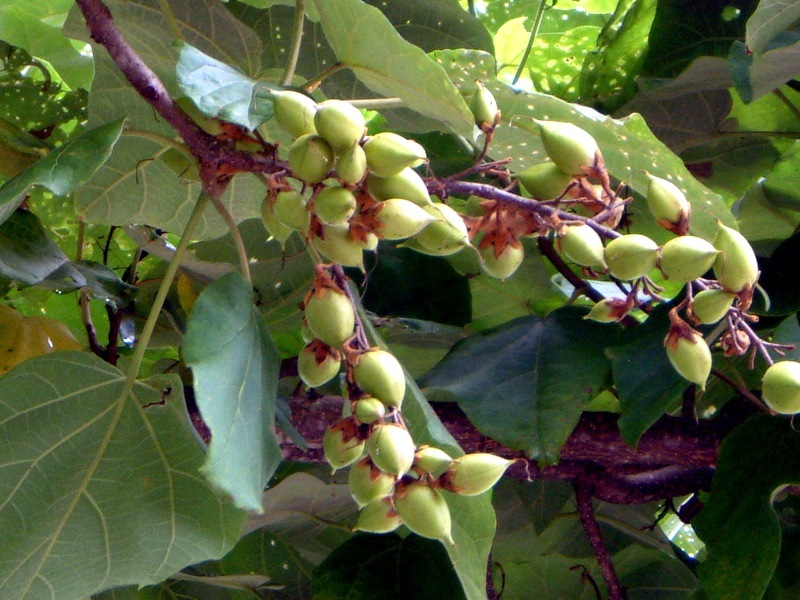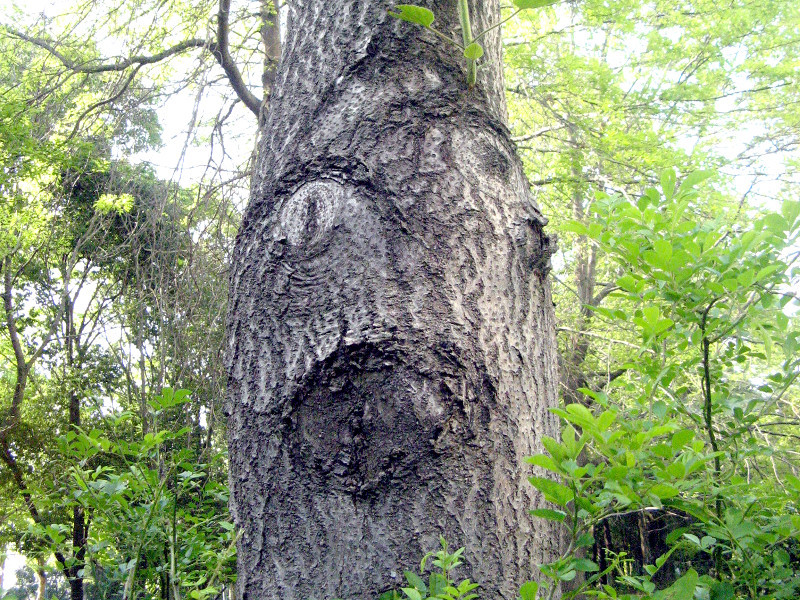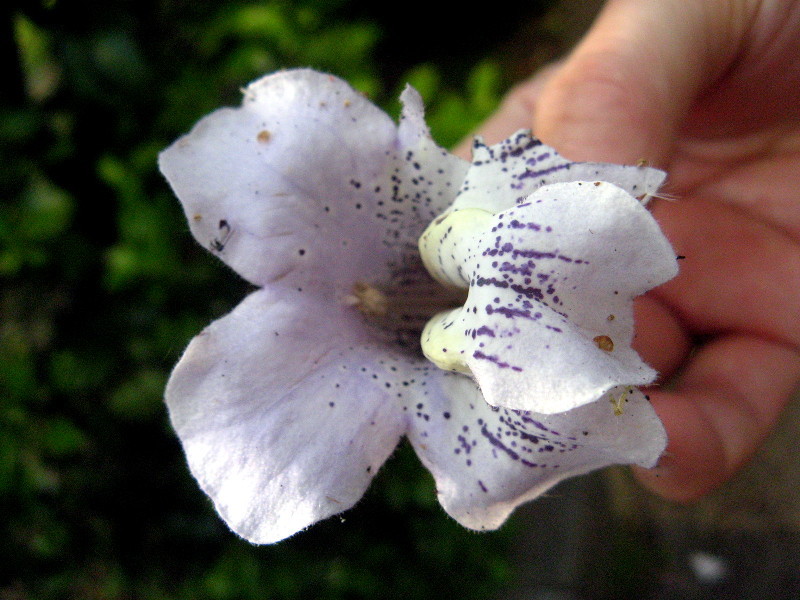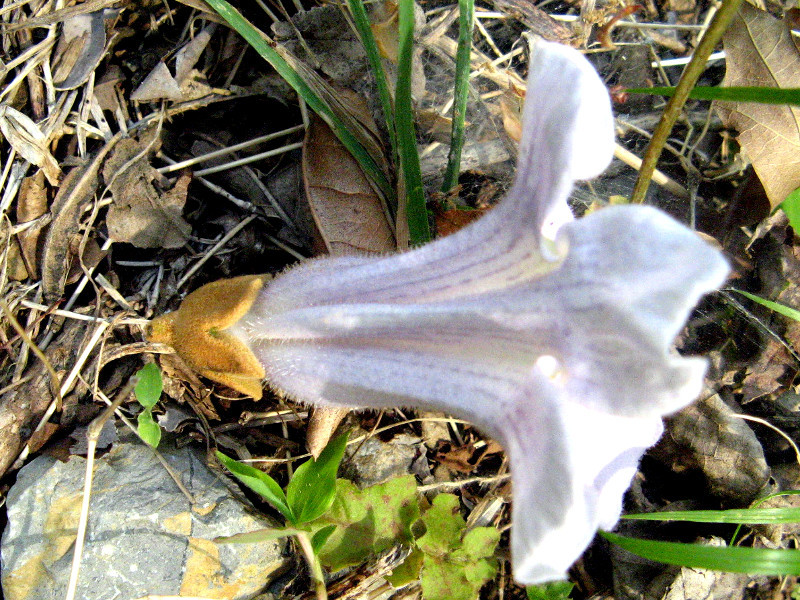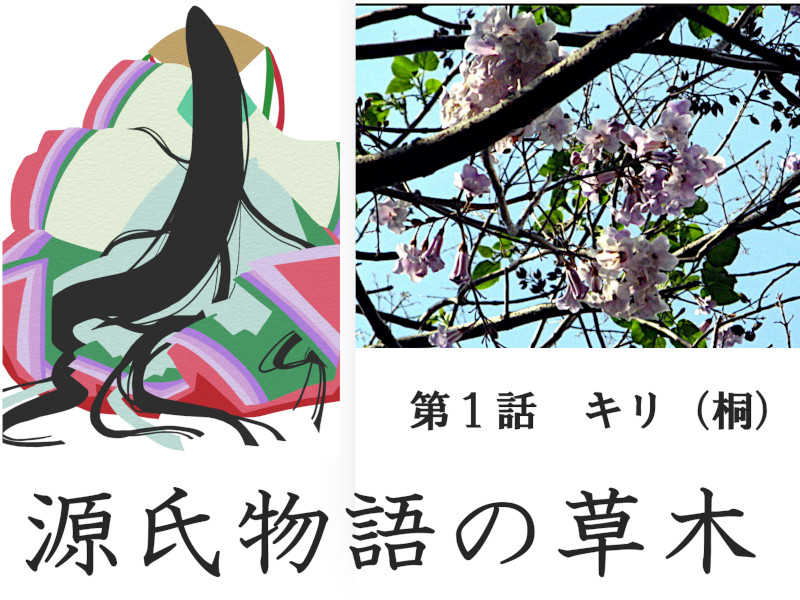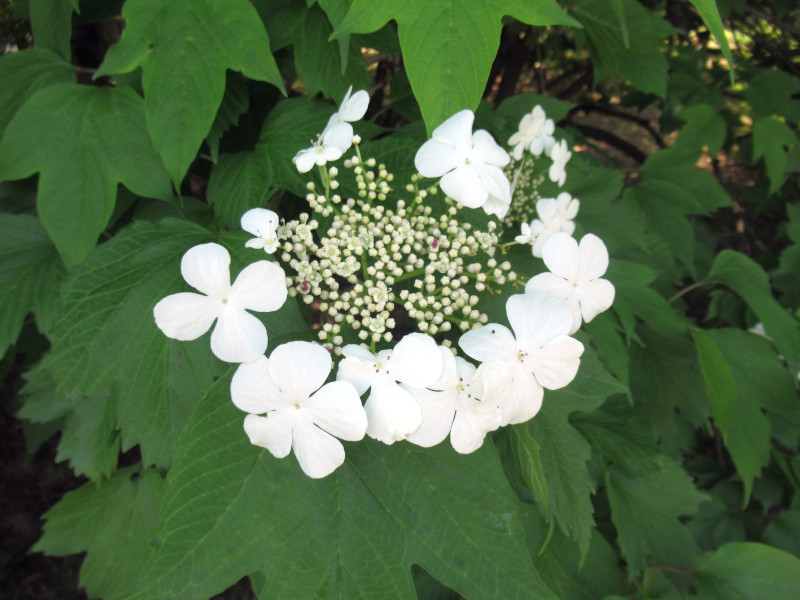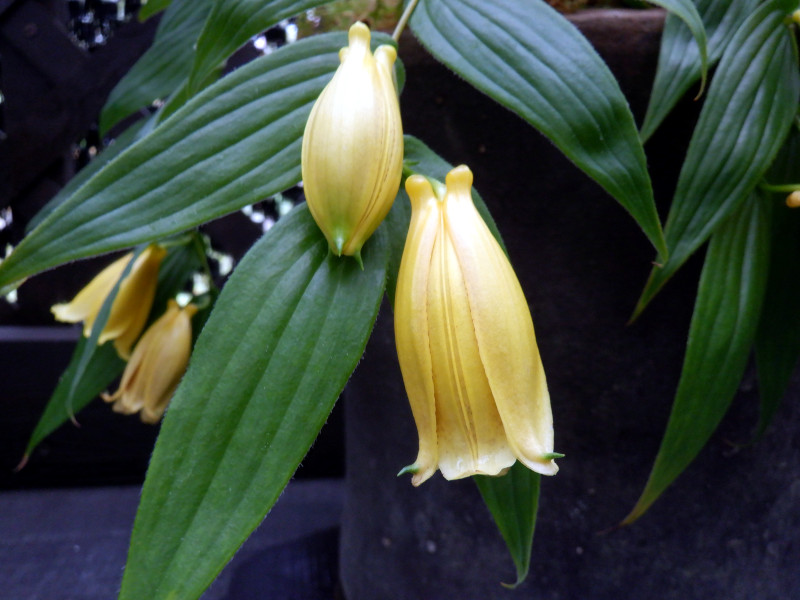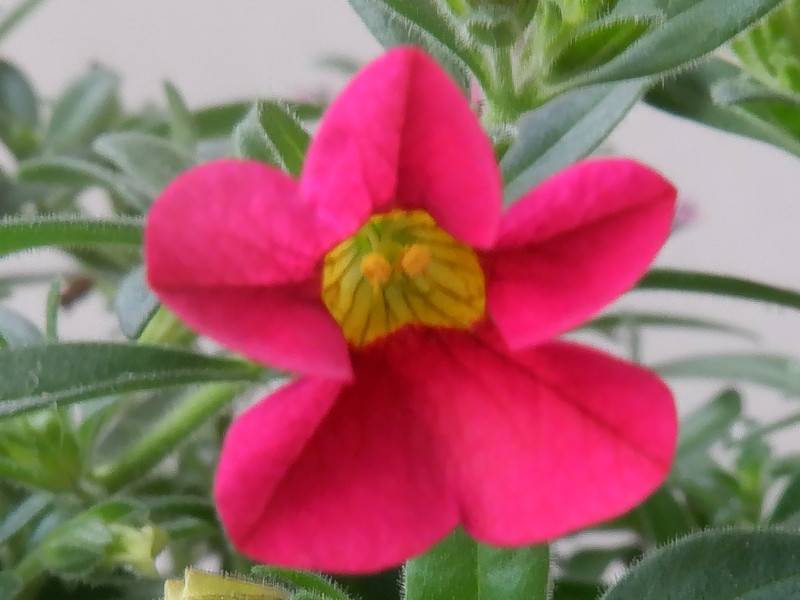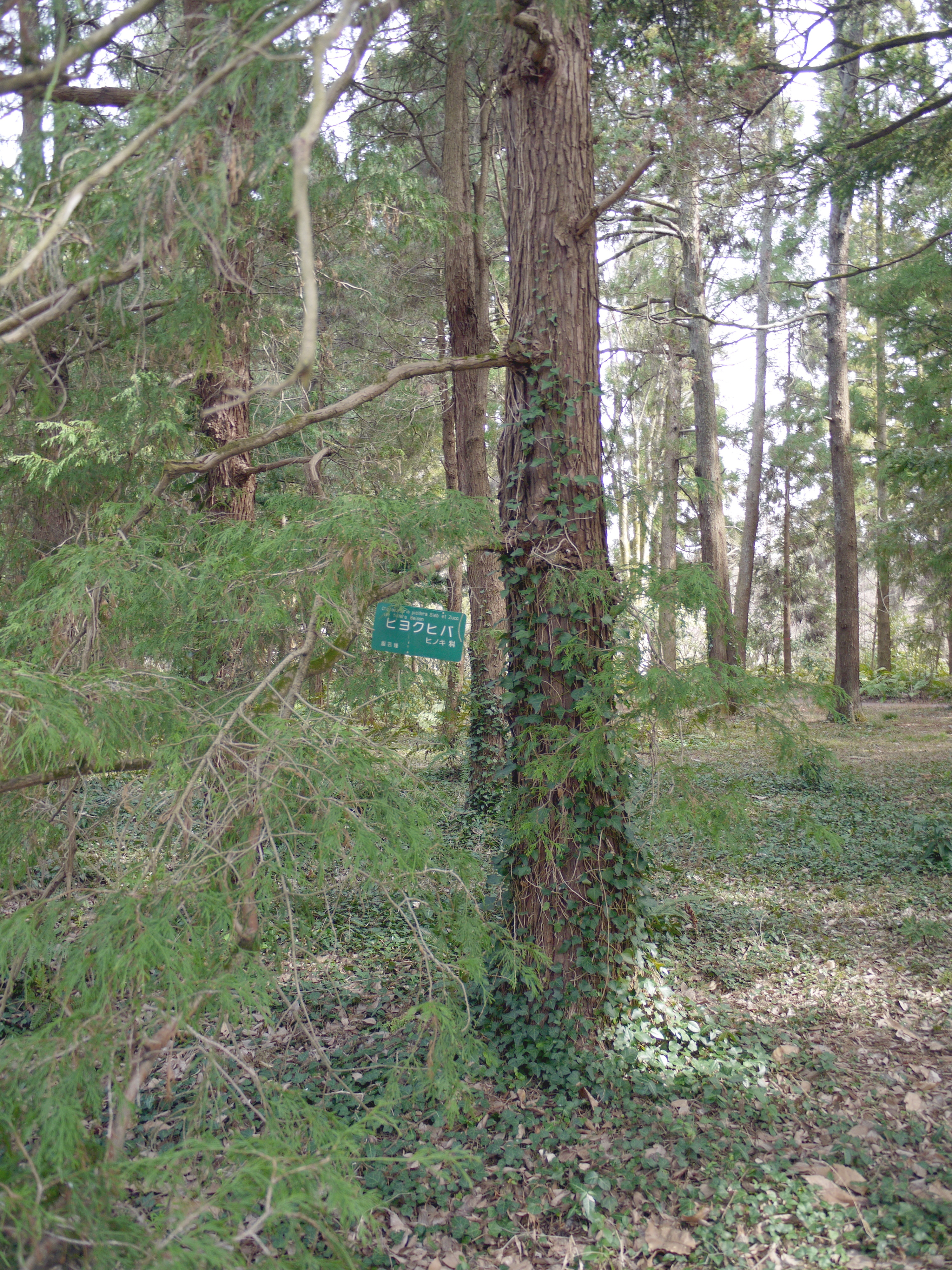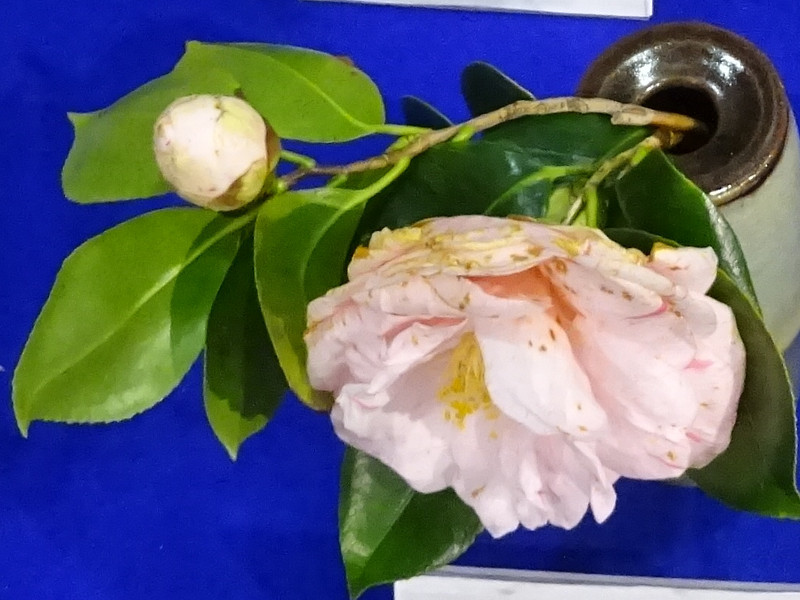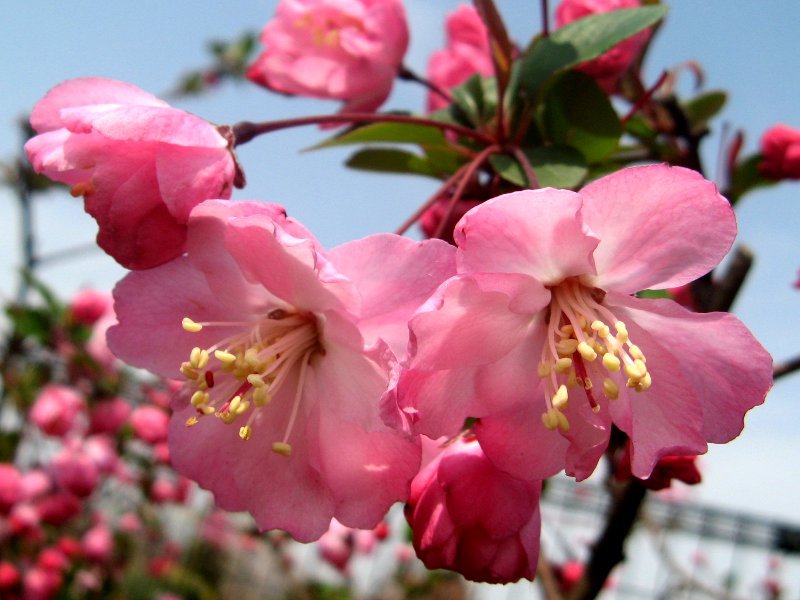Paulownia tomentosa
- Flower namePaulownia tomentosa
- Scientific namePaulownia tomentosa
- Aliasキリノキ, 桐, 桐の木, princess tree, Foxglove tree, Paulownia tomentosa, Kiri
- Place of originChina
- Place of floweringLow mountains
- Flowering seasonMay
What is Paulownia tomentosa
Paulownia tomentosa, empress tree, princess tree, or kiri (scientific name: Paulownia tomentosa) is a deciduous broad-leaved medium-tall tree in the family Paulowniaceae, native to China. The trees grow fast and light. The bark is grayish brown. The leaves are large, broadly ovate with 3 to 5 shallow lobes on the margins, but become fuller as they grow. In early summer, the conical inflorescence extends from the tip of the flower stem and produces many tubular flowers with five deep lobes at the tip. The flowers are light purple petals, partly pale yellow with purple streaks and numerous small spots on the inside. The design using flowers and leaves is used for family crests . The post-flowering fruit splits in two in winter to spring, and numerous seeds emerge from the inside. The seeds have ruffled wings and are scattered in the wind, so they are "wind vectors" that cause hay fever. The wood has a beautiful grain, so it becomes a high-grade wood for chests of drawers and Japanese koto, etc. One of the similar flowers is Jacaranda.
Generic name: Paulownia tomentosa, scientific name: Paulownia tomentosa, aka: empress tree, princess tree, foxglove tree, paulownia, or kiri , Place of origin: China, Plantation: Japan, tree height: 8-10 m, bark color : grayish brown, leaf shape: broad egg-shaped, leaf length: 20-60 cm, inflorescence shape: panicles, flower color: light purple, Flower length: 5-6 cm, Flower shape: cylindrical with five lobes, flowering period: May, fruit length: 3 cm, fruit shape: egg-shaped, fruit color: green to brown.
